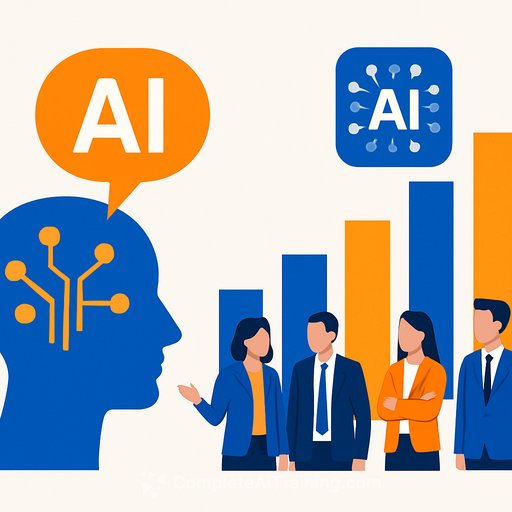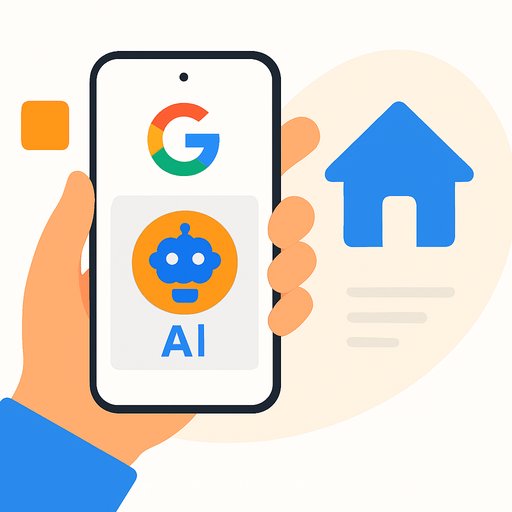Microsoft Restructures Leadership: Satya Nadella Puts AI And Product Innovation At The Center
Microsoft is reshaping its leadership to prioritize AI and product innovation. CEO Satya Nadella is aligning resources around AI-first products to drive growth and stay competitive.
For product and sales teams outside Microsoft, the signal is clear: AI-powered features, faster ship cycles, and value-based selling will define the next phase of competition.
What's Changing
- AI moves from feature to foundation: Expect deeper AI across core products and platforms, with tighter loops between research and shipping teams.
- Resource reallocation: Budget, headcount, and leadership attention shift to AI experiences that show measurable customer value.
- Faster execution: Shorter paths from prototype to production, with launches in controlled cohorts, then scaled.
Why This Matters For Product Development
- Roadmaps: Prioritize "AI-native" use cases that remove steps, not just add assistants. Write PRDs with AI user stories, evaluation data, and fallback behavior.
- Data and telemetry: Instrument prompts, outcomes, and corrections. Set thresholds for quality, latency, and privacy before GA.
- Responsible AI gates: Add review checkpoints for safety, fairness, and compliance. Document failure modes and mitigations.
- Cost control: Track inference cost per task and margin impact by feature. Optimize models, caching, and truncation strategies.
Why This Matters For Sales
- Packaging: Bundle AI features into clear tiers. Tie pricing to measurable outcomes (time saved, conversion lift, deflection rates).
- Proof over pitch: Lead with pilots, usage dashboards, and ROI calculators. Show a first-win in 14-30 days.
- Enablement: Train reps on demo scripts, prompts, and objections (accuracy, security, cost). Arm them with customer stories by industry.
- Expansion: Use telemetry signals (weekly active AI users, task success rate) to trigger upsells and seat growth.
90-Day Action Plan
- Days 0-30: Identify top 3 AI use cases tied to revenue or cost. Stand up data pipelines, eval sets, and a private beta.
- Days 31-60: Ship to a controlled cohort. Track quality, latency, and cost per action. Prepare pricing and packaging.
- Days 61-90: Launch with case studies and ROI benchmarks. Train customer-facing teams. Set quarterly targets and review cadence.
Metrics To Watch
- Product: Weekly active AI users per account, task completion rate, first-value time, escalation rate, and cost per successful action.
- Sales: AI attach rate, win-rate lift, sales cycle impact, expansion from pilots, and gross margin change.
Risks And Guardrails
- Quality drift: Monitor hallucinations and regression with continuous evals; ship fast rollbacks.
- Compliance: Enforce consent and data boundaries; log prompts and outcomes for audit.
- Cost blowouts: Set budget caps, batch workloads where possible, and right-size models to use cases.
Context And Further Reading
Microsoft's push reinforces a broader shift: AI is becoming the default interface across productivity, cloud, and developer tools. If you build or sell software, your competitive edge will come from speed to value and proof of outcomes.
Upskill Your Team
If you're aligning product or sales motions to an AI-first strategy, focused training helps shorten the learning curve. Explore role-based pathways for product managers, sales engineers, and account teams.
Bottom line: Microsoft's leadership shift is a signal to build AI into your core product and your core pitch. Prioritize use cases that prove value fast, measure what matters, and keep costs in check.
Your membership also unlocks:










